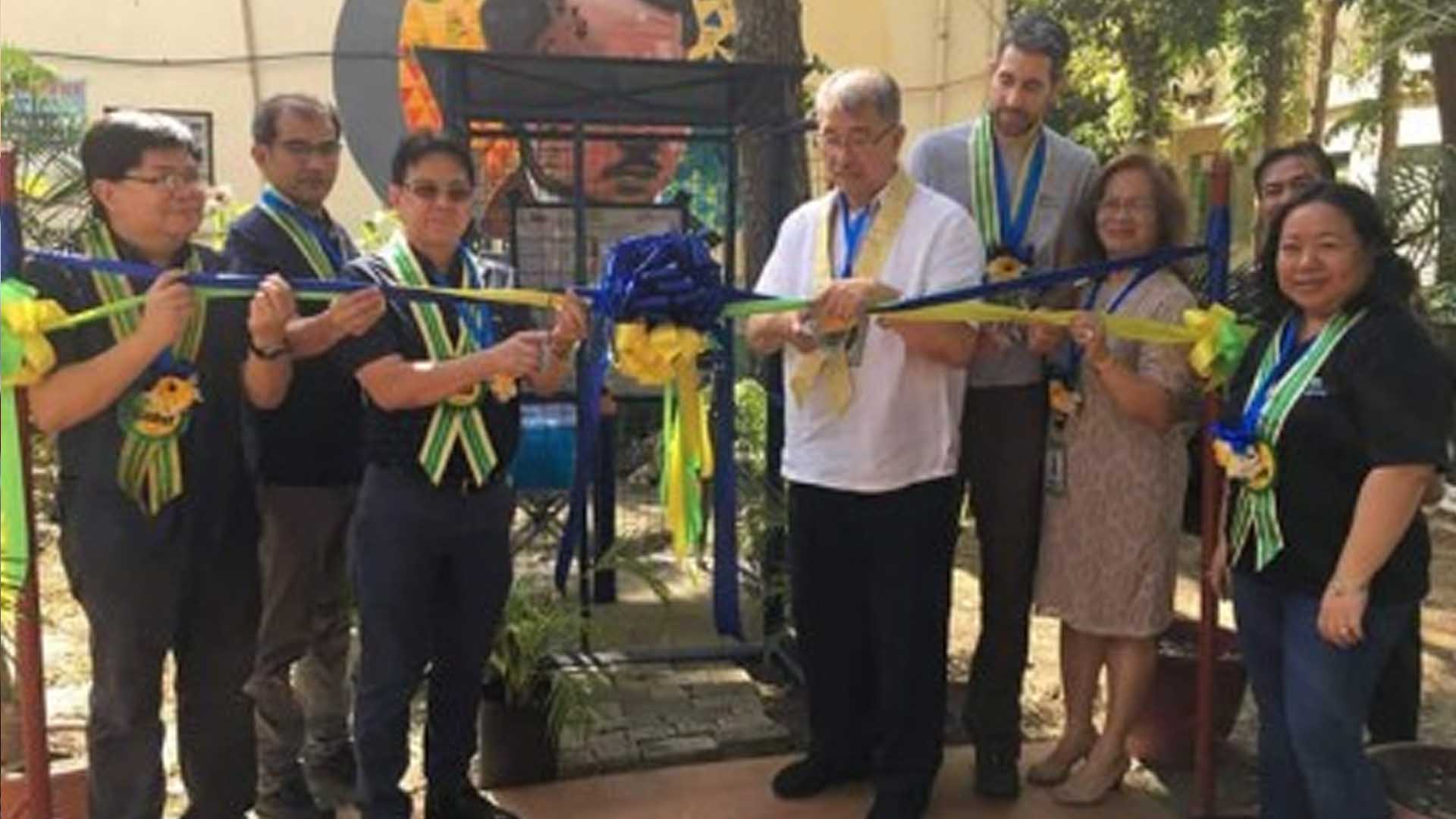A convergence of government agencies and the private sector has made a stride to address challenges in water resources, particularly in areas identified as water critical areas.
Four telemetry sensor network systems that will be used to monitor water quality and water levels were installed in selected areas in the towns of Pavia and San Miguel in Iloilo.
“Through these installed sensors, we would be able to get real-time information on various (water) parameters, primarily quantity and quality,” Science and Technology Secretary Fortunato De la Peña said during a press conference.
The water parameters that will be monitored by the sensors include static water level for the quantity and power of hydrogen, temperature and electrical conductivity for quality.
The project is spearheaded by the Ateneo de Manila University (ADMU) in collaboration with and funded by the National Water Resources Board (NWRB), and DOST- Philippine Council for Industry, Energy and Emerging Technology Research and Development (PCIEERD) through its Climate Change Infrastructure Initiative Program.
De la Peña said the project is timely as the country is “facing challenges when it comes to water resources and accessibility of water to the population”.
He cited that ground water reservoir provides more than 50 percent of the potable water requirement and 85 percent of pipe water supply in the country.
The increasing population and climate change put a lot of pressure on water supply, including ground water, he added.
“It is timely that as early as 2013, NWRB now headed by director, Dr. Sevillo David Jr., started this program on the assessment and development of ground water, including its management in 10 water critical cities,” he said.
De la Peña said the “initiative serves as the first step to effectively assess conserve, manage and monitor our ground resources”.
The systems were installed in Pavia National High School and Pagsanga-an Elementary School, both from the town of Pavia and Barangays Consolacion and San Jose from the municipality of San Miguel.
“To know more about the blind resource, we set up in strategic locations a ground water monitoring well primarily to observe the characterization of the ground water beneath a specific area,” David added.
In calling water as blind resources, David underscored the need to “manage the precious resources because as you develop and increase in population, the demand for water is also increasing”.
Water, he said, is not finite but a limited resource.
In 1998, a study on Philippine water resource management by the Japan International Cooperation Agency (JICA) and NWRB identified Iloilo City, Metro Manila, Bukidnon and Cagayan de Oro as water critical areas.
However, Iloilo City was not identified as site where the systems will be installed because it has been known that the metropolis is already saturated and its waters are salty.
Pavia was selected because it has sort of “abundance” of ground water in the area.
De la Peña further said the project can be replicated in other places but they have to choose first areas where supplies are considered as “critical in terms of over extraction”.
“Hopefully, the technology can be developed and further refined in such a way that the instrumentation to be used can be produced in a lower cost so that even ordinary-sized LGUs (local government units) can already install their own. This is one way of addressing the problem we already have and can be a potentially big problem on water supply, particularly with our growing population,” he said. (PNA)







